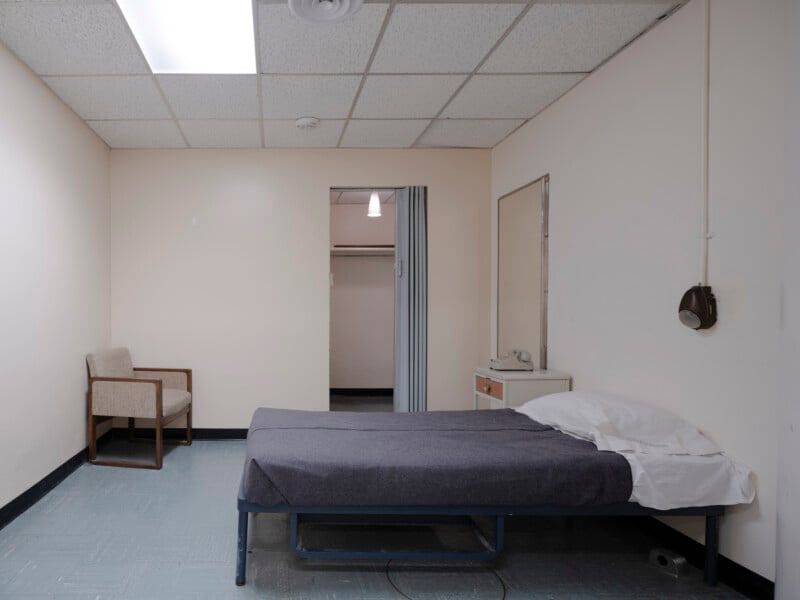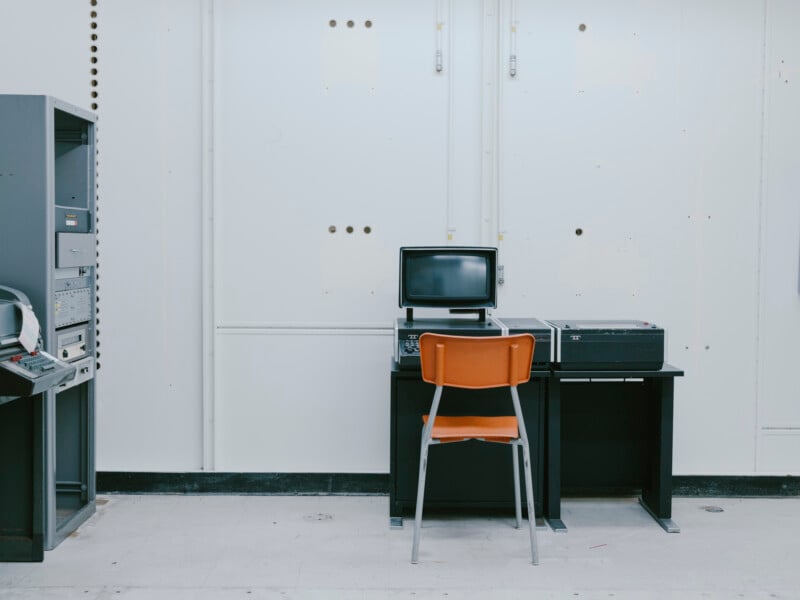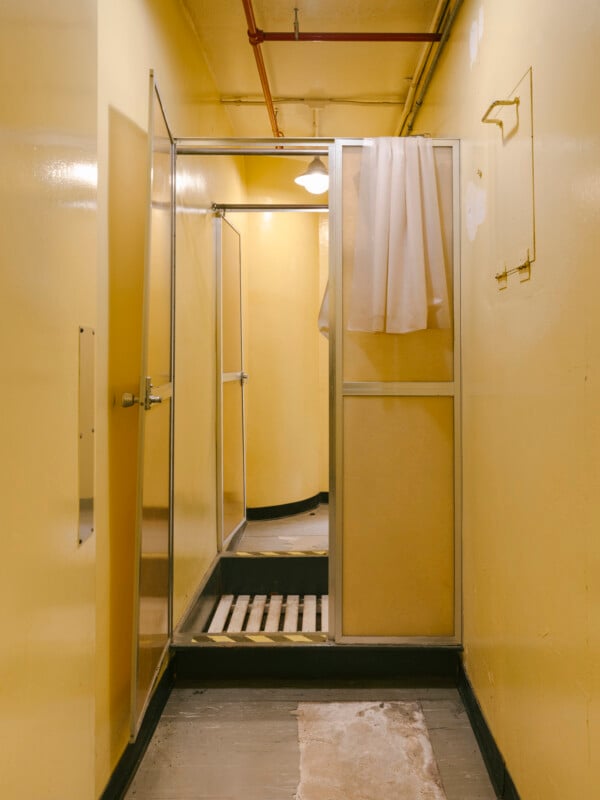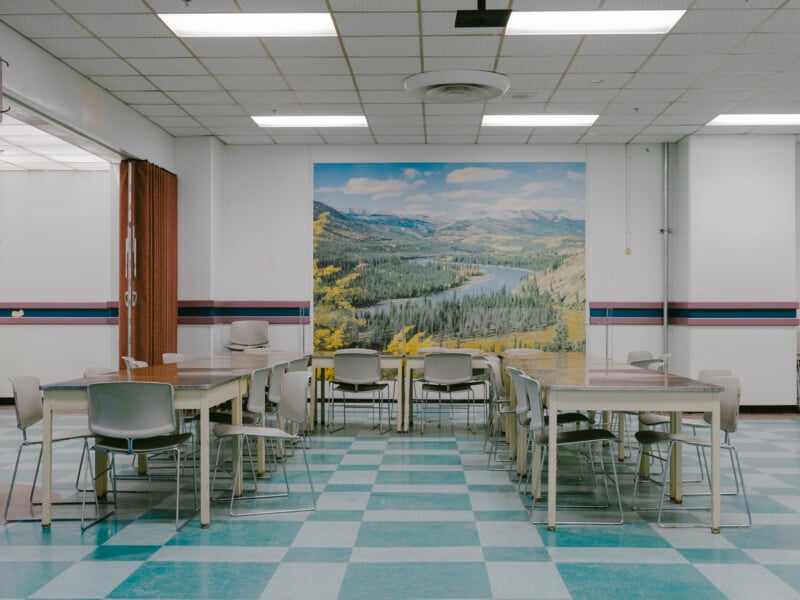Photographer Visits ‘Severance’ Style Underground Bunker Built for Nuclear War

A photographer visited a Cold War-era underground bunker designed to serve as a nuclear fallout shelter for the Canadian government in the event of a nuclear attack during the Cold War.
The Diefenbunker is located just outside Ottawa, Canada. Built in the late 1950s and early 1960s, the four-story underground facility was designed to withstand a near-direct nuclear hit.
Photographer Brendan Burden tells PetaPixel that there’s something uniquely compelling about nuclear bunkers that were “designed for a purpose they never had to fulfill, and many remained cloaked in secrecy for decades.”
“That haunting combination of intention, silence, and secrecy gives Cold War infrastructure a distinct and powerful visual narrative,” Burden says.


![]()

![]()
![]()

Burden explains that the Diefenbunker is one of the few large, multi-story bunkers of its kind still in existence, or at least, one of the few we know about.
The Diefenbunker is a nickname derived from John Diefenbaker who was the Prime Minister of Canada when the bunker was commissioned in the late 1950s. Today it operates as Canada’s Cold War Museum and is open to the public for guided tours and exhibits.
“The atmosphere is cold, silent, and still, imbued with a sense of abandonment,” says Burden. “Much of the structure, along with its contents, appear frozen in time as if preserved in amber since its construction in the late 1950s.”
Burden says that even though the facility was operational for 32 years, it feels as though “time stopped the moment it was completed in 1961.”
Perhaps that’s why it gives off Severance vibes, the recent hit Apple TV show that is set in a similar subterranean environment. “It did give me that impression for sure,” adds Burden.


![]()
![]()
Stepping inside is like entering an office building moments after an evacuation, but in reverse. This place wasn’t emptied in response to a crisis; it was built to wait for one that never arrived.”
![]()
Armed with a Fujifilm GFX 100s camera, Burden shot all of the photos on a tripod so he could use the available light from the bunker.
“My approach was to blend architectural photography with a documentary sensibility. While I aimed to faithfully capture the history embedded in the space, I allowed the geometry, the lines, shapes, and structure to guide the composition,” says Burden.
“The only thing I would have liked to have that I wasn’t able to was a flash. The lighting in the bunker is pretty flat, which worked well for most things, but I do like hard light sometimes. Unfortunately, as is the case with most museum environments, no flash photography is allowed.”
![]()
![]()
![]()
![]()
![]()
![]()
![]()
Burden lives just 40 minutes from the bunker and says there was “considerable public skepticism” surrounding Prime Minister John Diefenbaker’s Cold War policies.
“It’s fairly well known in Eastern Ontario, where it’s located, but much like the Greenbrier bunker in the United States, many people are still unaware of its existence,” says Burden.
“With the benefit of hindsight, it’s easy to view Cold War infrastructure projects like this as wasteful or misguided. But I doubt those who authorized or built these facilities saw it that way.”
The photographer says sites like the Diefenbunker reflect the complex aspect of Cold War history. “Vast resources were devoted to preparing for a global conflict that never materialized, and a climate of fear and paranoia was cultivated in anticipation of threats that never came to pass,” he says.
Burden’s photos previously appeared on PetaPixel for a project looking at fancy pigeons. More of Burden’s work can be found on his website and Instagram.
Image credits: Photographs by Brendan Burden



